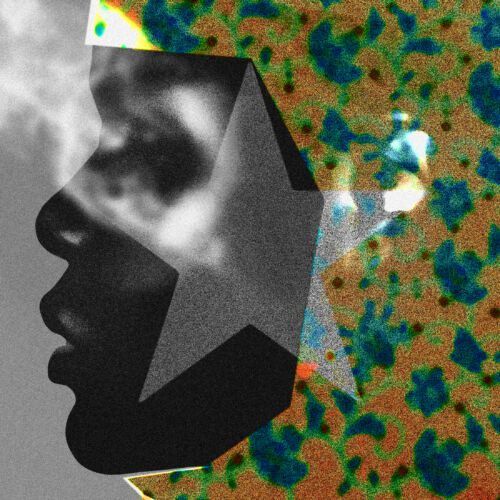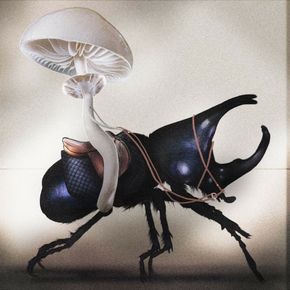How to live in cities and grow coffee during heatwaves
In cities, the risks associated with extreme heat are particularly acute. According to a recent analysis, if action is not taken urgently, “more than 1.6 billion people living in nearly 1,000 cities around the world will be exposed to regular, extreme heatwaves over the next 30 years.” According to experts from India, Freetown in Sierra Leone and Santiago in Chile, the key and most straightforward solution to prevent heat deaths is constantly informing people to drink water, rest and stay in the shade. One of the most effective strategies is planting trees in cities, creating a natural green roof over the streets.
ECOM Agroindustrial experimental farm in Lâm Đồng Province, Vietnam, is working towards the sustainability of robusta coffee. The goal is to obtain coffee beans that are resistant to climate change. Vietnam accounts for more than half of the world’s supply of robusta, which, grown in the highlands of central Vietnam, is more resilient and yields more than anywhere else. Arabica, in turn, is hypersensitive to temperature fluctuations, so the prospects for its cultivation in a warming world are not the best.
According to research by North Carolina State University experts, bumblebees’ body temperature increases by 0,07 ° C for every milligram of pollen they carry. Therefore, fully pollen-laden bumblebees are two °C warmer than those flying without pollen. The discovery raises questions about how climate change affects insects’ behaviour and where their temperature tolerance limit lies.


























